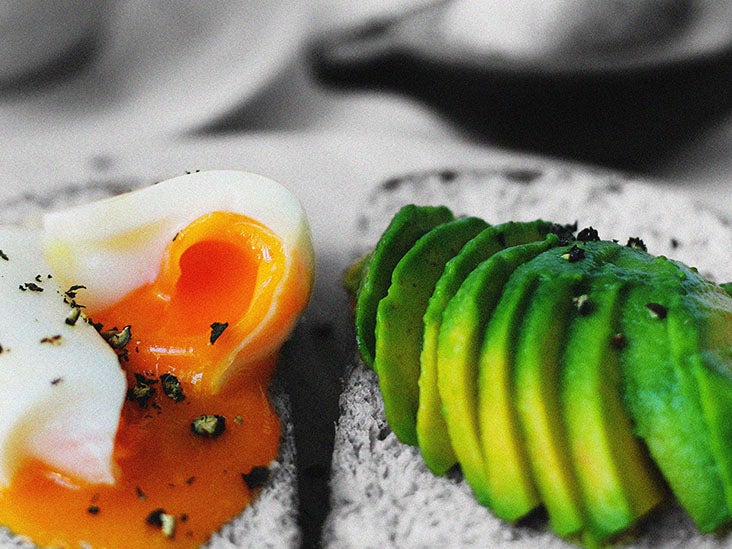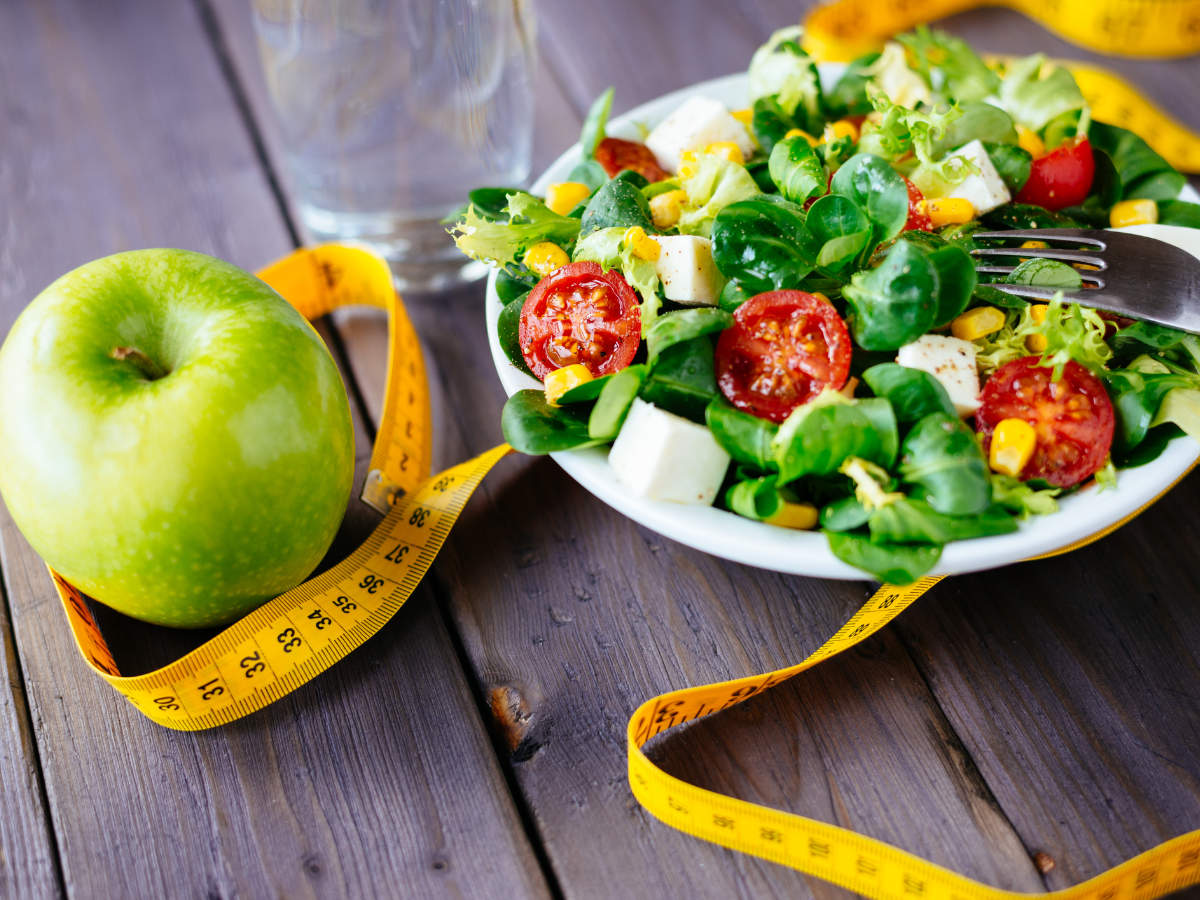
In 2022, the number of weight loss options available can be extremely overwhelming for those looking to lose weight. That’s why it is important to understand which options are safe and effective, and which ones may be more of a marketing ploy, a trend or fad, or an option that does not lead to long term results. It is sometimes hard to distinguish these options from safe and effective weight loss options, so today we are going to discuss some better options if you are looking to lose weight.
Table of Contents
1. Non-Processed, Whole Foods Diet
Many weight loss methods tend to over-complicate things by requiring you to cut out 100 different things from your diet and leave you with a very small list of “acceptable foods.” This can make it very stressful to plan meals, and lead you to ultimately give up and give into the “bad foods” that do not follow that diet plan. With trends such as the keto diet, this will cause the method to be completely ineffective, even when you rarely slip up. This is because you must be in a state of ketosis in order to achieve fat loss. To achieve ketosis, your body must not have access to carbs, even in small amounts, because your body will use these carbs as energy instead of ketosis, where your body has depleted its carb reserves and must use fat for energy, therefore burning said fat. But this is far too restrictive for most people, therefore a longer lasting method is to consume only non-processed, whole foods.
What Are Non-Processed, Whole Foods?
In today’s society, most of us buy our food at the grocery store, we don’t grow it in our backyards, (although this is a great idea!) so it is difficult to maintain a 100% non-processed diet. Foods such as rice and flour still go through some processing before they are placed on the grocery store shelves. But the idea of a non-processed, whole foods diet is to consume the absolute minimum amount of processed foods. Think what our ancestors consumed a couple hundred years ago. In fact, sliced bread wasn’t invented until July 7th, 1928. There are many things better than sliced bread, especially when you are on a journey to improve your health. White bread is on the list of “highly-processed foods” which we want to avoid when following a non-processed whole foods diet.
So this is pretty simple: avoid foods that are already made for you.
For example, let’s say you’re making spaghetti, of course you can buy the noodles (go for whole wheat or gluten-free like chickpea pasta), add whatever protein you like (ground turkey is a great option) and make the spaghetti sauce yourself! You can use 100% pureed tomate, spices such as oregano, basil, bay leaves, add fresh garlic and onion, even a little sugar. This is a much healthier choice than store bought spaghetti sauce packed full of sugar and preservatives. Stick to the outer perimeter of the grocery store and avoid the inner aisles where highly processed foods are sold. Consume a colorful diet full of diverse fruits, vegetables, meats, fish, nuts, seeds, whole grain carbohydrates, and make everything you can at home. It isn’t as scary as it sounds and allows for a much less restrictive diet, full of nutrients, which can lead to successful weight loss.
2. Medically-Assisted Weight Loss Program
You may not have heard of the term “medically assisted weight loss program.” That is because this is a relatively new weight loss method gaining traction in the medical field in recent years. After the Affordable Care Act went into effect, insurance providers became required to provide weight loss services to lose with a BMI of over 30 or a BMI of 25 and above with other health conditions. This is an effort to move towards preventative care, instead of diagnostic care.
What Does A “medically assisted weight loss Program” Look Like?
A medically assisted weight loss program is led by board certified obesity medicine providers, who are qualified to treat obesity patients with a well-rounded treatment plan, including the support of an obesity medicine health provider, nutrition or health coach, a personalized meal plan, exercise routine, habit forming tools, and when the medical providers sees fit, prescribed medications and supervision.
If you have been struggling with obesity for awhile, or you have comorbidities such as diabetes, high blood pressure, heart disease, respiratory disease, arthritis, high cholesterol or any other underlying health problem, this is likely the best option for you. Obesity can negatively impact many other aspects of one’s health, so with the help of a specialized medical provider, you can achieve safe and effective weight loss. And one of the best parts is that this is typically covered by insurance!
3. Food Tracking
You have probably heard of food tracking and maybe have even downloaded a food tracking app in the past. You may have heard about it, tracked your meals for 2 days, and then gave up on it. The most famous of these is MyFitnessPal, but there are other big names such as My Plate, MyNet Diary, etc. MyFitnessPal is probably the most famous of them all due to the fact it is free, has a barcode scanning feature for store bought foods, a database with thousands of foods including pretty much all chain restaurants, and it’s very user friendly for the average person. The key to success with this method is consistency.
First, you must calculate the number of calories you must eat per day in order to achieve a calorie deficit. You can find this number by searching “calorie deficit calculator” and using one of the various options. Then, you must enter this number into the food tracking application to set your calorie limit.
Next, you must track all of your foods. Yes, all of them. The mini kitkat you had from the office? Yes. The cup of juice? Yes. The 10 almonds? That too. This is the absolute only way that this method can be effective. A mini kitkat has 86 calories, a cup of orange juice has 112 calories, and there are 69 calories in 10 almonds. Those 267 extra calories or more every day are likely the reason that this method didn’t work for you in the past. This is a great practice as well to start familiarizing yourself with the nutrition facts of certain foods. You may be shocked when you learn that some foods have a lot more calories than you thought, or a lot less calories than you thought. Food tracking is a great way to learn more about what you are putting into your body.
You also must use a kitchen scale to weigh out your foods. For example, you may think you had 1 serving of cashews (28 g, 157 calories), when in reality you had 3 servings (84 g, 471 calories). This is why it is so important to weigh out any foods that aren’t pre-weighed.
In order to make this much easier, you can set up your favorite foods that you eat on a regular basis. You can save meals with all of their ingredients just once so you don’t have to enter everything again for the same food twice. You can prepare meals one day of the week and even make snack bags of things such as nuts, seeds, and dried fruit. This will make your food tracking journey much more efficient and it will lead to amazing weight loss. If you accurately and consistently track all of your foods, there is an extremely high probability you will achieve your weight loss goals.
4. Healthy Exercise Routine
Movement should be a part of any weight loss strategy, as well as any healthy lifestyle. But if you are struggling to stay under your daily calorie limit, and you want to burn fat quicker, exercise can be a great way to combat this issue.
One of the best exercises for weight loss is WALKING. This is surprising to some as it seems to be one of the “easier” forms of exercise. But thankfully, it is also one of the most effective, especially when it comes to fat loss. With high-intensity exercises such as running, the body first uses glycogen stores as a source of fuel. In contrast, with lower-intensity exercise such as walking, when you reach 60-80% of your maximum heart rate, your body will opt for fat as a fuel source. This is why a 30 minute brisk walk can typically burn more fat than a 10 minute run. Although running burns more calories on a minute-by-minute basis, the body must use quick energy from glycogen (carbohydrates) and then switch to fat stores after awhile vs. walking will switch to fat stores more quickly and maintain this for a longer period of time. If you are a distance runner who likes to run multiple miles, you will achieve fat loss with running as well. But if you plan to either run or briskly walk 1-2 miles, opt for walking. If you are just starting out, a goal of walking 4-5 a week for at least 30 minutes is a great place to start your journey.
These are just a few examples of safe and effective ways to achieve weight loss if you are struggling to lose weight. It is very important to not fall into “trends” or “fads” when it comes to weight loss, as these methods will most likely not lead to long-term, effective weight loss. Using a safe and effective weight loss method will help you to build the habits needed to maintain a healthy weight the rest of your life.









